With a mixed bag of success and failure, Indian sports remains in a state of inertia in the absence of a proper vision from the administrators.
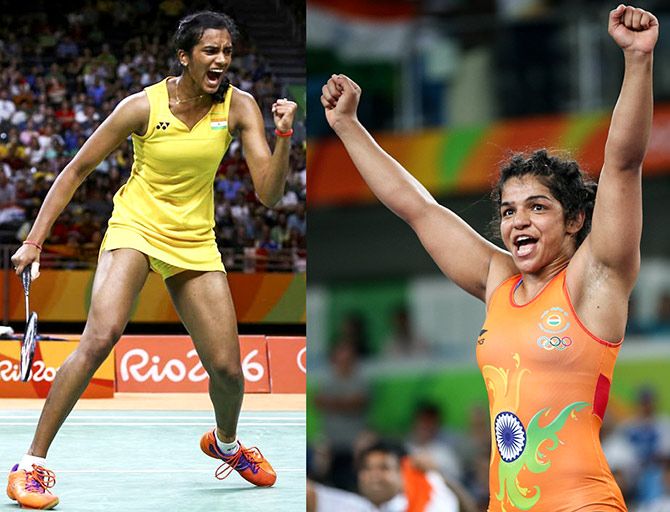
An Olympic campaign saved by the fortitude of three women, a cricket team that rediscovered itself under a bold and zealous Virat Kohli -- Indian sports in 2016 was a dramatic mix of highs and lows wherein athletes mostly raised the bar but administrators found new ways to embarrass the country.
As is the case once every four years, Olympic sports found themselves in the middle of inescapable spotlight when India's largest ever contingent made its way to Rio de Janeiro for the 31st edition of the 'greatest show on earth'.
A record number of 117 athletes -- 63 men and 54 women -- landed in the Brazilian carnival city with the rather unrealistic expectations of going better on the half a dozen medals secured in London, 2012.
The Sports Ministry and the Sports Authority of India (SAI) had contributed to the unreasonable hype with their outrageous predictions of at least 10-12 medals coming from Rio, a claim hardly questioned before the Games.
At the mega-event, the script went terribly awry and more than a week passed without India coming anywhere close to the podium barring a couple of near misses, most notable being shooting ace Abhinav Bindra and gritty gymnast Dipa Karmakar's fourth-place finishes in their respective events.
But just as it seemed that Rio would end barren for India, Sakshi Malik and P V Sindhu saved the country the blushes. While Sindhu became the first shuttler and the first Indian woman athlete to notch up a silver medal, Sakshi became the first Indian female wrestler to win an Olympic medal with a bronze that hardly anyone had predicted.
These two medals and Karmakar's fourth-place finish in a sport that is not even understood well in India, prevented a complete loss of face. Fittingly, the three were presented the country's highest sporting honour -- Khel Ratna -- jointly.
But what their heroics could not cover up was the fact that in all these years, government, SAI and the Indian Olympic Association have only been able to make it easy for athletes to claim money once they have made a mark.
So, the harsh reality of Indian sports remained the absence of any systematic support for athletes in their formative years which, as seen in Rio, cannot be compensated by doling out crores barely a year before the Olympics.
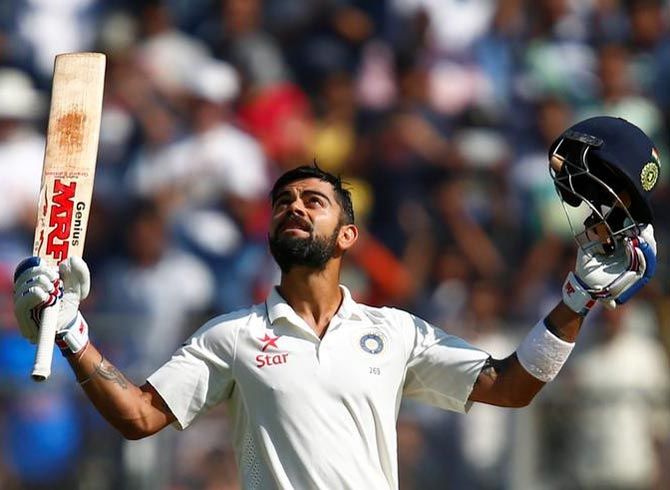
On the cricket field though 2016 well and truly belonged to India, more specifically to Kohli and his premier off-spinner Ravichandran Ashwin.
An 18-match unbeaten streak in Tests (starting from Sri Lanka 2015) -- the best-ever by an Indian team -- was a testimony to how well Kohli fitted into the leadership role in white flannels.
When he took over captaincy from Mahendra Singh Dhoni in the Test format, there were apprehensions that the ever-emotional Kohli might even end up having a meltdown due to the twin pressure of leadership and
being India's top batsman.
So far, he has proved the naysayers wrong with the kind of elegance he generally reserves for his strokes.
Kohli remains India's best batsman across all formats and has proved to be a dynamic leader too, transforming a young team into confident world beaters at least on home turf.
In the limited-overs format, where Dhoni is still in charge, India won the Asia Cup T20 before finishing semi-finalists in the World T20 after a shock loss to eventual champions West Indies in Mumbai.
However, the administrative mess that is common to most Indian sports caught up in a big way with cricket as well. With the Supreme Court bent on imposing governance reforms in the Board of Control for Cricket in India through the Lodha Committee, the once all-powerful Board has been left scurrying for cover.
Severely crippled on the decision-making front, the BCCI is currently staring at a tense future and a January 3 ruling by the apex court is expected to put an end to its anxiety.
However, India held the high post internationally with Shashank Manohar taking over as Chairman of the International Cricket Council.
While the BCCI fought an existential battle in the face of Supreme Court's strict view on its governance structure, there seemed no checks and balances for officialdom running the country's Olympic sports.
At the biggest stage of them all - the Olympics - no less than the Sports Minister, Vijay Goel, embarrassed the nation by defying protocol at venues, resulting in a warning from the Local Organising Committee which threatened to even cancel his accreditation.
Far from being perturbed by the very public snub, the minister blamed it on "misunderstanding".
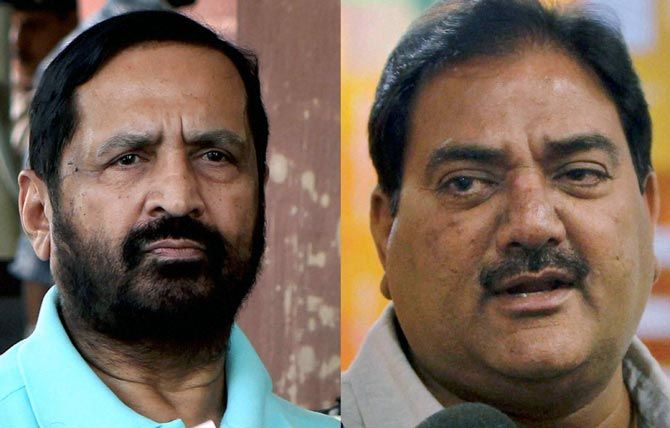
The Indian Olympic Association, meanwhile, spent little or perhaps no time in analysing the factors that led to the disappointing Rio campaign. But it managed to find the technical grounds on which scam-tainted former presidents Suresh Kalmadi and Abhay Singh Chautala could be offered Life Presidentship. Kalmadi eventually backed out after massive outrage.
Speaking of individual sports, it was a brilliant year for Indian golf, which found its first female star in Aditi Ashok. The 18-year-old commanded attention with her Olympic performance, where she led the pack at one stage, and then went on to become the first Indian to clinch a title on the Ladies European Tour, which named her the 'Rookie of the Year'.
In fact, it was a year in which Indian sports discovered some new stars, and interestingly, they happened to be women. Sindhu, Sakshi, Aditi and Dipa became symbols of women's empowerment with their achievements.
However, there were disappointments galore for some of their counterparts in other sports, a notable one being archer Deepika Kumari. The former world No 1 has at best been an unrealised potential as far as success in the Olympics is concerned.
Not just her, the archers in general proved to be a huge letdown in Rio, where they had been sent a month prior to the Olympics to acclimatise. Once again, the wind blew away their chances and they returned empty-handed despite massive pre-games hype.
No questions have been asked, neither have any answers come along on just why the archers have been under-performing at the Olympics.
The usually reliable shooters also disappointed the country with a thoroughly disastrous Olympic campaign even though they performed reasonably well leading up to the Games.
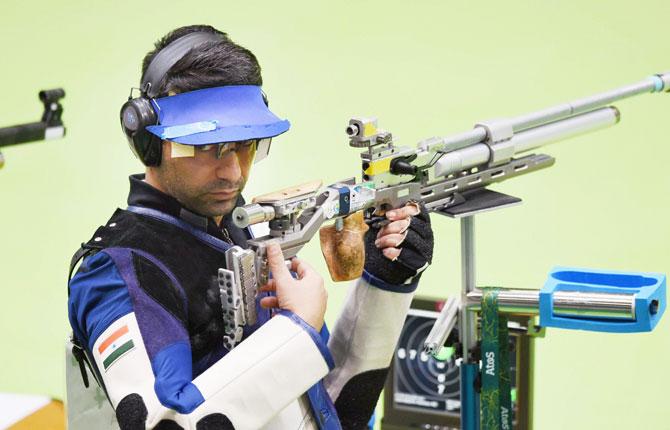
Bindra's fourth-place finish in 10m air rifle was the best they could muster at the main event this time. The letdowns included the in-form Jitu Rai (pistol) and previous Games bronze-medallist Gagan Narang (rifle).
The National Rifles Association of India (NRAI) was, however, proactive in not just acknowledging the flop-show but also setting up a Bindra-led committee to analyse the reasons for it.
The scathing report could well have held true, in parts, for other sports as well for it not just fixed accountability on the administrators but also questioned the shooters' attitude towards preparing for the Games.
Attitude was also the key word when it came to Indian tennis, bruised mostly by the ego clashes of its star players.
They did well on the circuit individually but when it came to representing the country in Rio as a team, their all too familiar hostility for each other ruined the chances more than anything else.
Regularly sniping at each other on public platforms, the Indian tennis contingent of Leander Paes, Sania Mirza, Rohan Bopanna, Saketh Myneni and Prarthana Thombare were a house divided, with the exception of the latter two.
Expectedly, a medal failed to come along even though Sania and Bopanna did come close by making it to the semis after which they were also beaten in the bronze medal play-off.
It was, however, a good year for Sania, who finished world No.1 in doubles for the second successive season as she won the doubles title at the Australian Open with Martina Hingis, who also triumphed with Paes in the mixed doubles at the French Open.
In the Davis Cup, India outclassed South Korea 4-1 in the Davis Cup Asia-Oceania Group I tie, in Chandigarh, in July. However, a couple of months later they were whitewashed 5-0 by a powerful Spanish team featuring the likes of Rafael Nadal, David Ferrer and Feliciano Lopez in the Davis Cup World Group play-off tie.
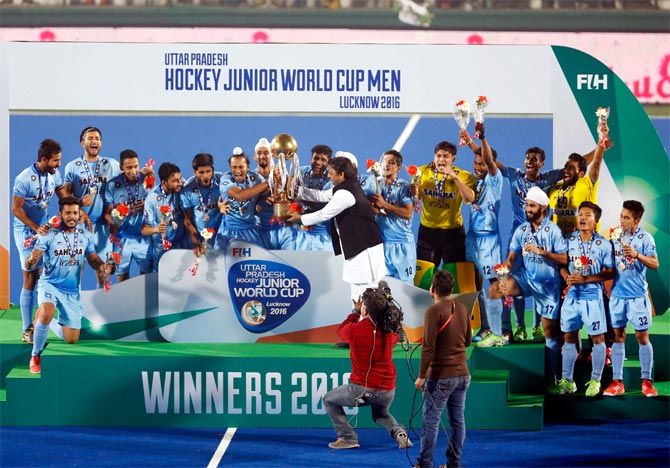
Elsewhere, it was glad tidings for Indian hockey with the men's team qualifying for the Olympics knockout stage after 36 years before losing in the quarter-finalists to Belgium. The women too qualified for the Games for the first time since 1980 but finished 12th.
Both the teams also came up with some good performances in other tournaments with the women's team winning the Asian Champions Trophy, while men picked up the Champions Trophy silver and triumphed at the Asian Champions Trophy to make it a memorable year for India hockey.
The icing on the cake was the Junior Hockey team winning the World Cup in Lucknow. Narinder Batra getting elected as the International Hockey Federation (FIH) president, making him the first Asian to hold the post, was also a high point for Indian hockey.
However, death of the legendary Mohammed Shahid, part of the 1980 Olympic gold medal winning team, came as a shock for hockey lovers in the country.
In other sports, it was a barren Olympic campaign for the country's boxers as well but they had it coming having been without a federation for four years. The administrative bedlam ended only after the Games and a new body is finally in place, holding out hope for a better 2017 and beyond.
The big achievements for pugilists this year included the World Championships silver medal for Sonia Lather (57kg) and a world youth gold for Sachin Siwach (49kg), a first in 10 years, besides an Arjuna award for former Asian champion Shiva Thapa.
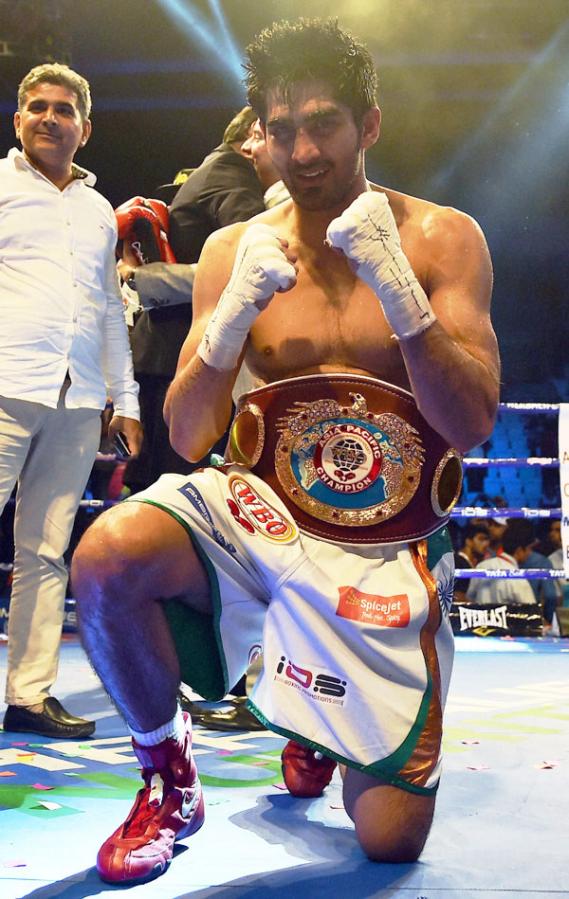
The professional boxing scene also became more vibrant in India with Vijender Singh winning and then successfully defending the WBO Asia Pacific Super Middleweight title.
The wrestlers, on the other hand, endured a roller-coaster ride. A new star was found in Sakshi but the Sushil Kumar-Narsingh Yadav Olympic selection controversy and the ensuing dope scandal tarred the sport in good measure.
The Wrestling Federation of India and the National Ani-Doping Agency made a mockery of anti-doping protocol by hurriedly giving Narsingh a clean chit before he was sent back from the Games village following an appeal by WADA.
A medal prospect weight category (74kg) was severely compromised by the WFI which reneged on its promise of holding a trial to decide who among Sushil and Narsingh would represent India in the Olympics.
In the process, two-time Olympic medallist Sushil Kumar felt short-changed and even took the legal recourse but could not get a showdown with Narsingh as had been promised to him by the federation after an injury prevented him from competing in the Olympic qualifiers.
Yogeshwar Dutt, meanwhile, looked a pale shadow of his past self as he bowed out early from the Games, the last of his distinguished career.
Indian Badminton, on the other hand, had several reasons to celebrate, the biggest being Sindhu's silver medal in Rio. That medal also added to the legend of Pullela Gopichand, who can well and truly be called the modern-day 'Dronacharya'.

After shaping a certain Saina Nehwal to unprecedented success, Gopichand was the force behind Sindhu as well and added to his legacy of being a great former player and a greater coach now.
Saina, who split with Gopichand to join forces with Vimal Kumar, was undone by injury in the Olympics and has been on a steady road to recovery in the last quarter of the year. The likes of Kidambi Srikanth and HS Prannoy remained a force in the men's circuit.
But there seems no hope for Indian athletics, which continued to be under-performing and haunted by the dope clouds. Lalita Babar was the lone bright spot in the Olympics with her National Record-breaking 10th place finish in the 3000m steeplechase event.
The other silver lining in an otherwise unfruitful year was the world record set by javelin thrower Neeraj Chopra, who became the first Indian to own a world record, though in the junior category.
But then there was the dope taint which refused to leave the sport as two national record holders -- shot putter Inderjeet Singh and 200m runner Dharambir Singh -- were barred from taking part in the Olympics after flunking tests.
Dharambir was later banned for eight years last month as it was his second dope offence. The case for Inderjeet is still in the hearing stage before the Anti-Doping Disciplinary Panel of NADA.
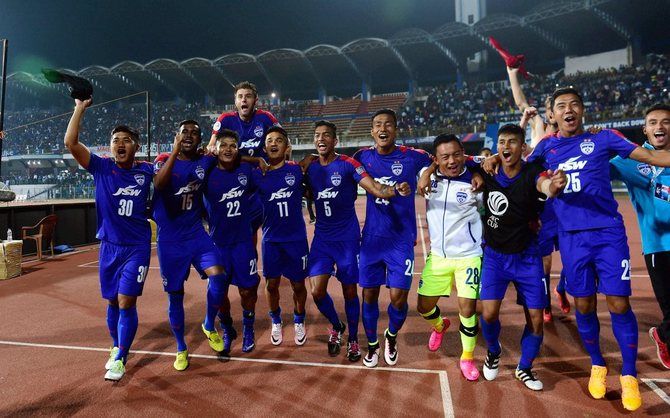
On the football field, Bengaluru FC's runners-up finish at the AFC Cup was a rare moment of glory in what was another year of discontent even though the national team climbed to its best FIFA rankings in the last six years.
The low points included India failing to advance beyond the second stage of the 2018 World Cup qualifiers and even worse, they had to face the ignominy of having to compete in a play-off round to take part in the qualifying tournament of the 2019 Asian Cup.
Meanwhile, far away from the limelight, a disillusioned but determined cueist Pankaj Advani continued to rule the green baize, picking up his 16th overall world title.
Not to forget, the paralympians, who returned with four medals from Rio. Mariyappan Thangvelu (men's high jump, gold), Varun Singh Bati (men's high jump, silver), Deepa Malik (women's shot put, silver), and Devendra Jhajharia (men's javelin throw, gold) made it India's best ever performance in the history of the Games.
With a mixed bag of success and failure, Indian sports remains in a state of inertia in the absence of a proper vision from the administrators.
Athletes are on their own in the formative parts of their careers before a breakthrough performance puts them at a pedestal and makes them desirable for both the government and corporate sectors.
Another worrying aspect has been the excessive focus on counting the money spent instead of focusing on how it has been spent. A qualitative, long-lasting change for the better would require not just sanctioning crores but spending those crores in professionalising the support staff and strengthening the infrastructure to nurture the young.
Cricket has been able to achieve this to an extent and Olympic sports will have to take a leaf out of that book to have any hopes for an improved show four years down the line in Tokyo.
As Bindra put it lightly but rightly recently "cricket is religion but let's be secular with sports".







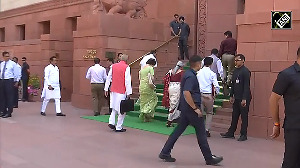

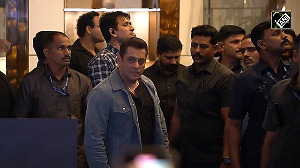

 © 2025
© 2025